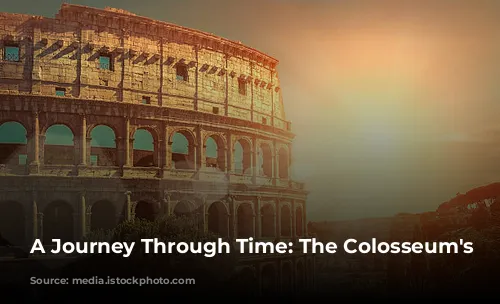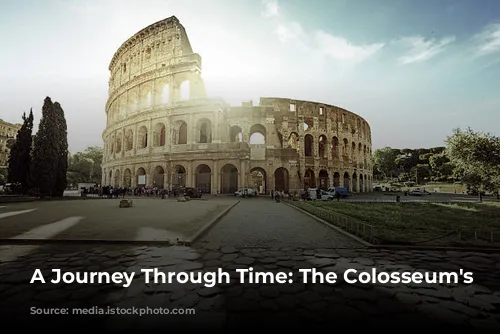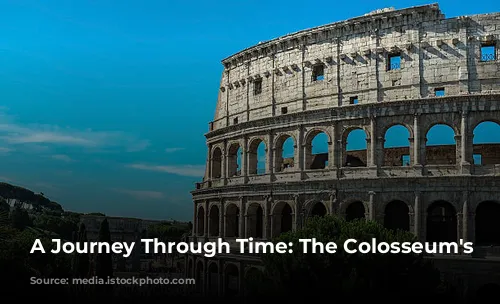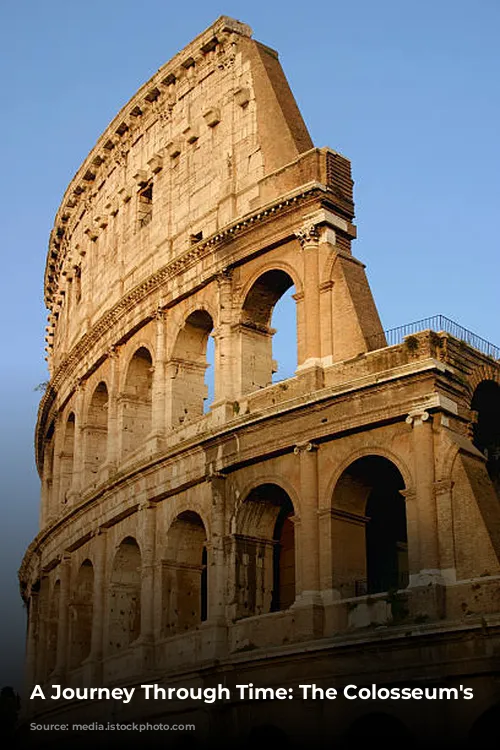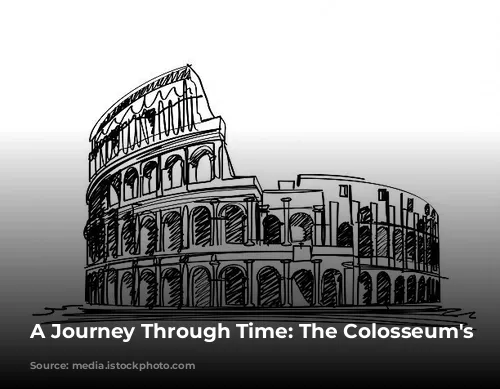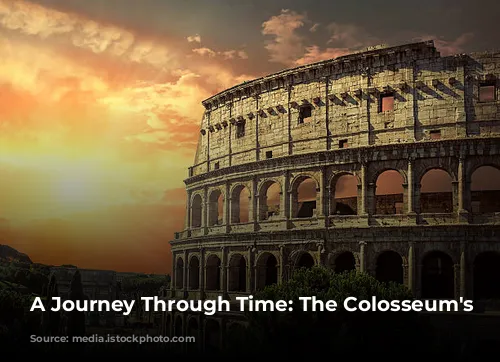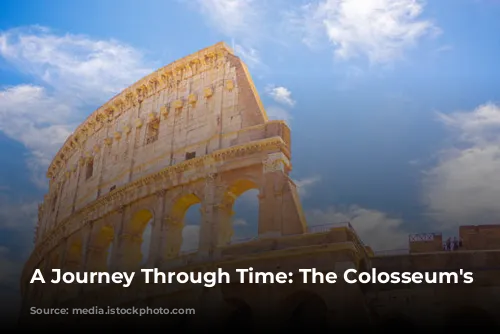The Colosseum, standing tall in the heart of Rome, whispers tales of a bygone era. Its weathered stones bear witness to centuries of history, from the thunderous roar of gladiatorial battles to the hushed reverence of ancient emperors. Let’s embark on a fascinating exploration of this iconic monument and uncover its captivating secrets.
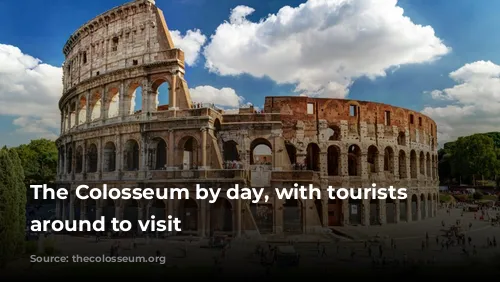
The Birth of a Colossal Arena
The Colosseum, originally known as the Flavian Amphitheater, was born from the ashes of a tumultuous period. In 72 AD, Emperor Vespasian, determined to mend the wounds of Rome after the Great Fire of 64 AD, ordered the construction of this monumental amphitheater. He envisioned a grand arena that would unite the citizens of Rome and provide a spectacle for all. The construction, which spanned eight years, employed a staggering number of Jewish slaves who, under the watchful eyes of Roman engineers and artisans, meticulously shaped the Colosseum’s grandeur.
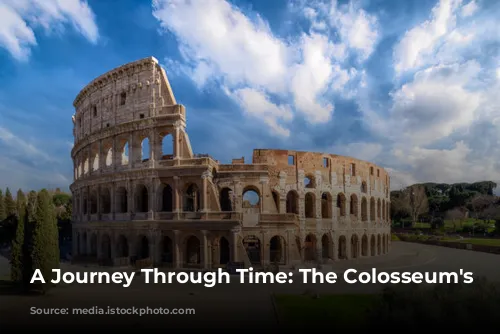
A Legacy of Labor: Building the Colosseum
The Colosseum’s construction stands as a testament to the immense scale of Roman ingenuity and the tragic reality of their time. The aftermath of the first Jewish-Roman war saw thousands of Jewish captives transported to Rome, where they were forced into servitude. Estimates suggest that between 60,000 and 100,000 slaves toiled tirelessly, their labor shaping the Colosseum’s imposing structure. This tragic chapter in history underscores the complexity and often brutal nature of the Roman Empire.
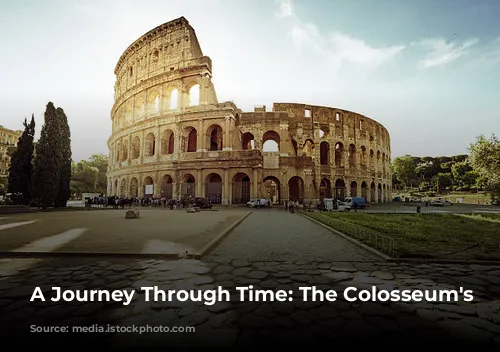
A Glimpse into the Colosseum’s Past: From Gladiators to Animals
The Colosseum, more than just a building, is a window into the heart of Roman society. Its arena witnessed a spectacle of human endurance and brutality. Gladiators, skilled warriors trained for combat, clashed in a dance of death that captivated the Roman masses. The roar of the crowd, the clang of swords, and the scent of blood filled the air as these warriors fought for their lives and for the amusement of their audience. But the Colosseum was more than just a gladiatorial arena; it was a stage for hunts where humans battled ferocious wild animals. Lions, tigers, bears, and even elephants were brought into the arena, their primal instincts unleashed for the entertainment of the Roman people.
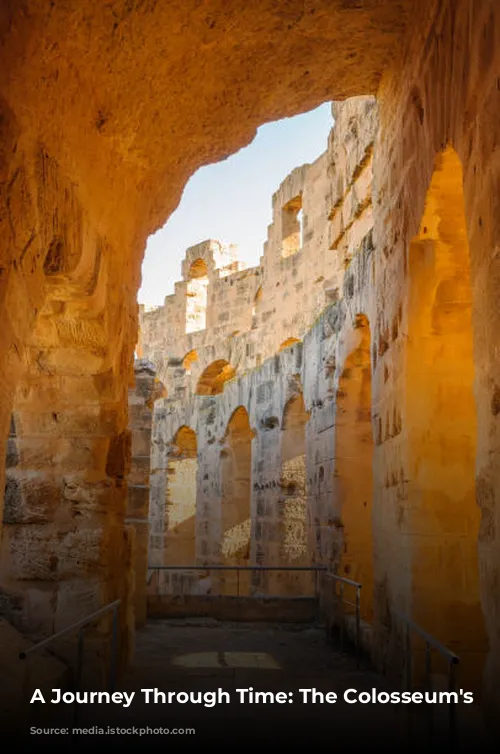
Secrets Beneath the Surface: The Colosseum’s Hypogeum
The Colosseum, much like a magnificent iceberg, hides secrets beneath its surface. The hypogeum, a network of tunnels and chambers below the arena floor, served as a hidden world of anticipation and preparation. Gladiators, animals, and condemned prisoners were held here, waiting their turn to enter the arena. This subterranean labyrinth was a world of tension and anticipation, a stark reminder of the Colosseum’s purpose as a stage for both human glory and tragic demise.
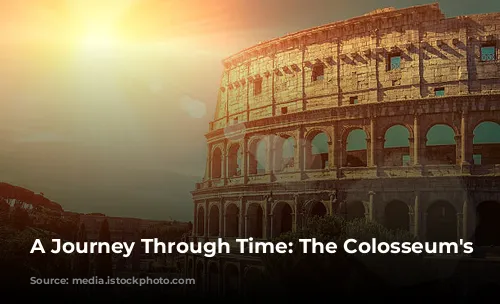
The Colosseum: A Witness to History
The Colosseum’s history is etched into its very fabric, bearing witness to the triumphs and tragedies of the Roman Empire. It was not merely a place of entertainment but a reflection of the empire’s might and its brutal realities. Its existence speaks volumes about the values and complexities of the Roman world. The Colosseum stands as a silent sentinel, its grandeur and tragedy forever intertwined, waiting to be uncovered by each visitor who steps through its ancient gates.

